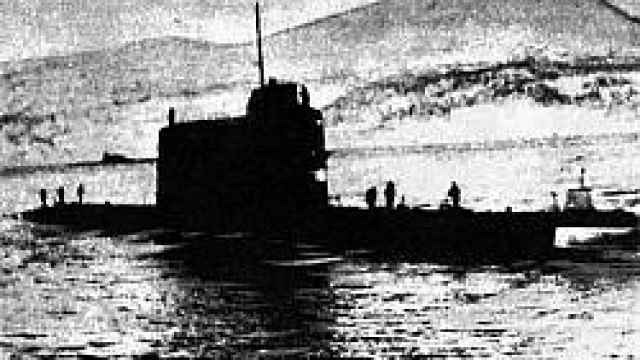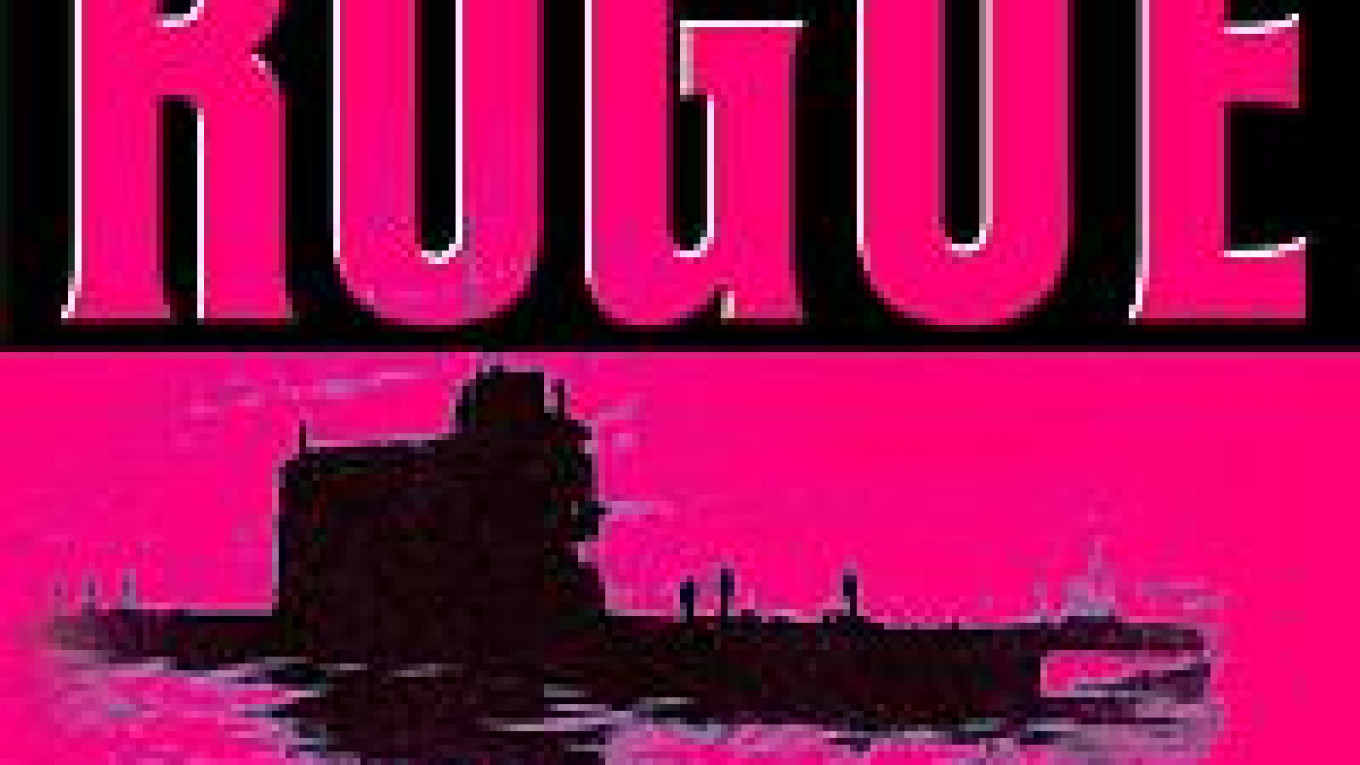Sewell builds a fast-paced, circumstantial case for the existence of this political environment in the Politburo and for the plot it might have inspired under the direction of the conservative communist ideologue Mikhail Suslov. The open literature has long alluded to the activities of such anti-detente reactionaries. According to Sewell, a group of mysterious men joined the boat before sailing and eventually commandeered the vessel, taking the submarine out of its normal patrol area, toward Hawaii, and then dying with the rest of the crew when an explosion sent K-129 to the bottom of the Pacific Ocean. The author also suggests that Project Jennifer actually recovered the entire vessel for close examination and subsequently spread disinformation to the effect that billionaire Howard Hughes' vessel, the Glomar Explorer, had recovered only the forward third.
While the political context provides interesting reading, the revelations offered in "Red Star Rogue" depart completely from history and present a doubtful scenario based largely on surmise.
When I joined the project that eventually emerged, in 2003, as "Rising Tide: The Untold Story of the Russian Submarines That Fought the Cold War," I intended to record the full-career oral histories of Russian officers who expressed a willingness to speak with me. Those supporting my effort felt that these naval officers, formed by the Soviet system, would recoil at the sight of a digital voice recorder and prefer some measure of anonymity. Over many days, as I conducted interviews that lasted hours and exhausted two translators, the dreaded request for anonymity never came.
Given the revelations I received, I knew the story would be somewhat sensational. For a historian, regardless of the circumstances, history must rest on evidence that the writer can attribute to people and institutions -- evidence a reader can confirm. This has been a priority of my work in Cold War history over the last 20 years.
But I also needed to write reliable history because of the access and trust extended to me by the Russian officers and their families. As conversations progressed, I was frequently invited to look through family photo albums while sharing a meal, some vodka and a tour of one modest apartment after another. Wives asked me about my Catherine and what she prepared at mealtime and how. On my next visit to St. Petersburg I have to keep my promise to share Catherine's recipe for Southern fried chicken with Rear Admiral Lev Chernavin's marvelous wife. I owed these people a professional history, not a bit of sensation.
"Red Star Rogue" is plagued by sensation and lack of credibility. The most important historical problem involves the arrival of the mysterious 11 crewmen. The author offers no evidence that this took place. The best he can do is point to the number of medals awarded to the crew years later by President Vladimir Putin -- 11 more than the ship's usual complement. Yet ships of all sizes and types frequently go to sea with additional personnel, and at times these people fall victim to tragedy. In 1941, the German battleship Bismarck sent HMS Hood to the bottom and, with her, workers from a British shipyard. The American submarine USS Thresher also had additional personnel on board when she submerged for the last time.
 Simon & Schuster K-129, a Soviet nuclear submarine pictured here off the Russian coast, sank near Hawaii in 1968. | |
An evaluation of Sewell's use of sources also raises questions. Fourteen interviewees requested anonymity, while the officers with whom I worked -- one of them only semi-retired and still serving on active duty -- never suggested withholding their names. This presents an issue of credibility. In addition, some sources claim less than this story suggests. The author mentions John Pina Craven, chief scientist for the American Polaris Ballistic Missile Project in the 1960s, noting the possibility of a rogue launch. However, an examination of Craven's book "The Silent War" shows that he immediately declared it unlikely and never qualified his conclusion. In addition, Soviet missile submarines were a relatively frequent occurrence off the American East Coast in the mid-1960s; I interviewed a number of their commanding officers. Having Soviet nuclear warheads within striking distance in 1968 could not have seemed new to the CIA or the Navy. At that point in time, the United States sought to keep close track of them, with the proper countermeasures at the ready.
In "Red Star Rogue," Sewell asks for trust but provides very little for the reader to lean on. Too much of the story is thin air. Barring the emergence of new documentation and verifiable oral histories, his book fails as history and offers only modest thrills for the imaginative.
Gary E. Weir heads the contemporary history branch of the U.S. Naval Historical Center.
A Message from The Moscow Times:
Dear readers,
We are facing unprecedented challenges. Russia's Prosecutor General's Office has designated The Moscow Times as an "undesirable" organization, criminalizing our work and putting our staff at risk of prosecution. This follows our earlier unjust labeling as a "foreign agent."
These actions are direct attempts to silence independent journalism in Russia. The authorities claim our work "discredits the decisions of the Russian leadership." We see things differently: we strive to provide accurate, unbiased reporting on Russia.
We, the journalists of The Moscow Times, refuse to be silenced. But to continue our work, we need your help.
Your support, no matter how small, makes a world of difference. If you can, please support us monthly starting from just $2. It's quick to set up, and every contribution makes a significant impact.
By supporting The Moscow Times, you're defending open, independent journalism in the face of repression. Thank you for standing with us.
Remind me later.


